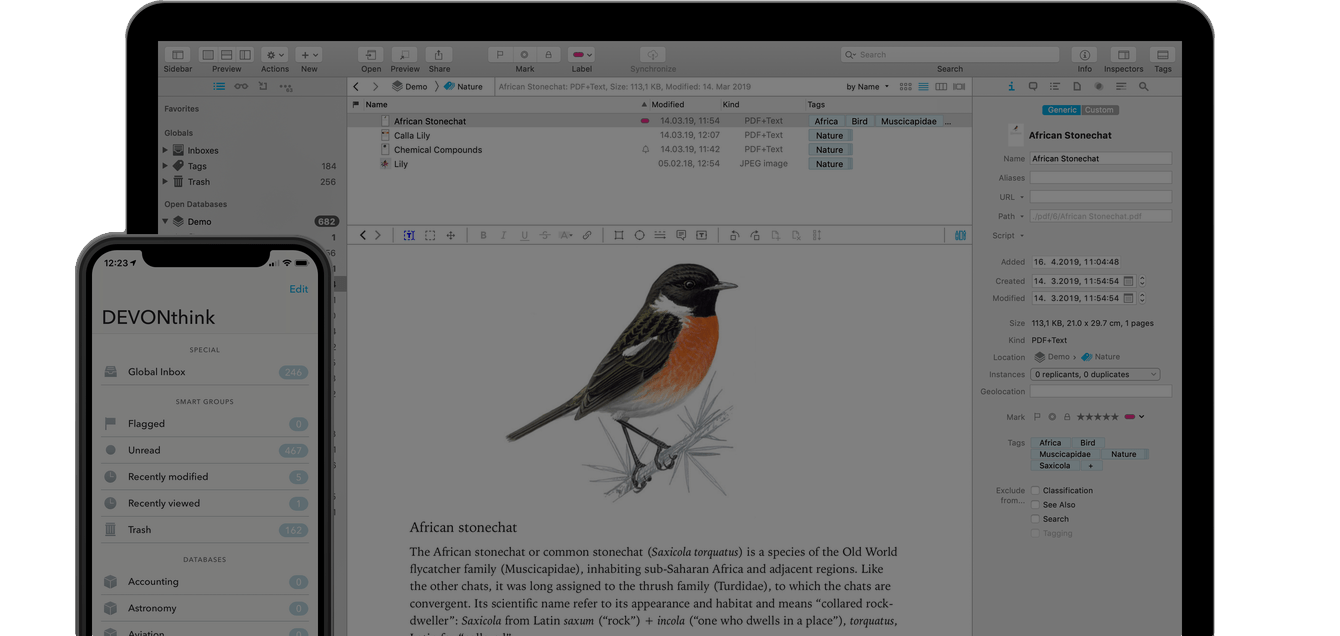
Remember, every task belongs to a project and is labeled with a context. Like the names give away, they allow you to view tasks either by project or by context. One is not necessary better than the other. In Omnifocus you can have two types of perspectives: project and context. Not many task managers have this sort of feature and this is what makes Omnifocus so cool. They are “saved searches”, or shortcuts to very specific information. So in short that is what Perspectives are. You can play around with the filters, but if you want to go back to all the next actions overview, just go to Perspectives > Next Actions. Give it the name “Next Actions” and you’re set. Luckily, you can save this “search” (filtering is basically a search) by Perspective > Save Window As > New Perspective. Now…do you really want to select those filters every single time? Of course not. Isn’t that sweet? It’s a great view for when you want an overview what projects you want to move forward and what you can do right away to set that project in motion. Right now in front of you, you have all available next actions that you can act on right now. This is what Tom Jenkin's next actions list looks like. Make sure you select the Library folder on the left sidebar.Press the view button to see the filter bar below it. Make sure they are visible by clicking on the pair of glasses icon. You can play around with it yourself with the filters within Omnifocus.

Omnifocus allows you to filter out all that information so you get the tasks in front of you that you are searching for. Some tasks will not be available till a few weeks from today, others are on hold but could be a next action of a project, and so on. While Omnifocus can store a lot of tasks and meta-info about them, it can be really overwhelming to oversee all of them. If you haven’t yet, you can find all Omnifocus articles here. NOTE: The basics of Omnifocus perspective are explained in this article, but in order to fully understand it I need to make sure you’ve read the other Omnifocus articles in our article series. It’s our guide that is simple, practical and it has a lot of field-tested workflows and solutions to help you use OmniFocus the right way. If you are looking for a shortcut to use OmniFocus the right and effective way, check out OmniFocus Premium Posts. Perspectives are like specific commands you send to Omnifocus, Omnifocus will gather the data, and present it back to you like requested. Essentially, all tasks stored in Omnifocus are in a database. Like AE Aaron said in the previous article on perspectives, it’s the equivalent of having a personal assistant that will give you the right information at the right time. It allows you to create different shortcuts to very specific information you are looking for.

Perspectives is the feature of Omnifocus that makes the program really useful and powerful.


 0 kommentar(er)
0 kommentar(er)
